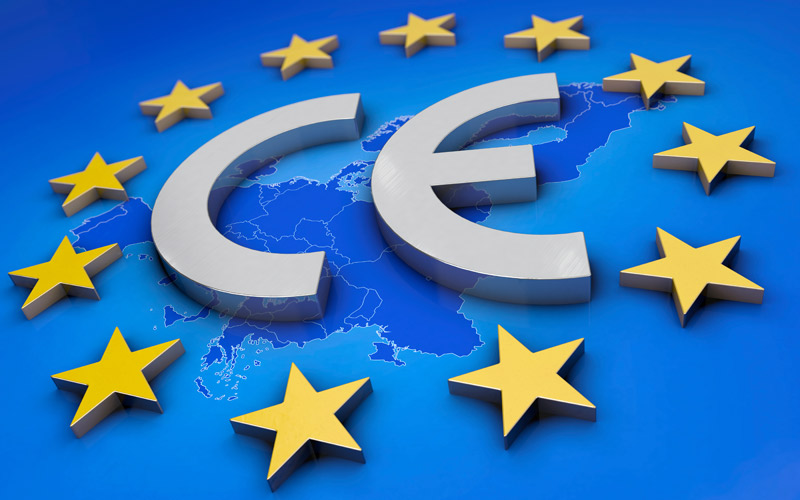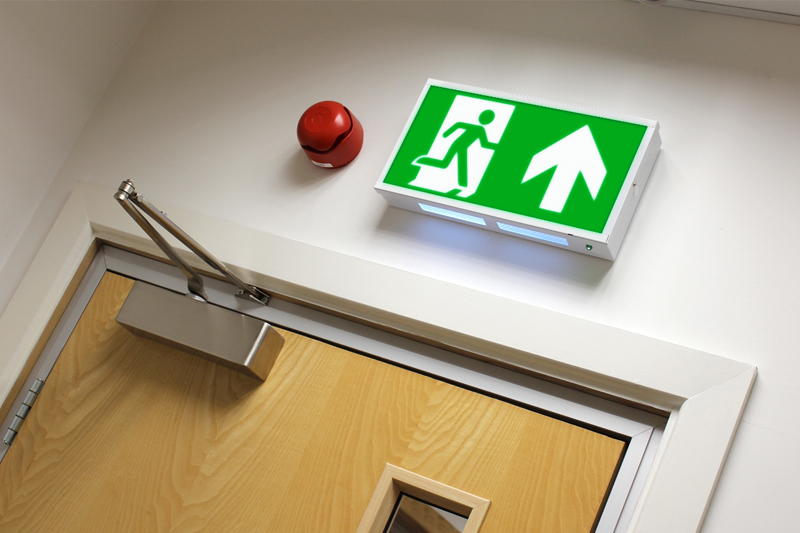Channel Safety Systems explains the importance of making sure products have the CE marking and understanding what it means.
Don’t be surprised by this little nugget of information we are about to share with you, but,there are manufacturers out there who may not have your best interests at heart. It’s hard not to get a good ‘fake’ these days and I am sure at some point, we have all been guilty of indulging. The bigger picture to this, especially with electronic goods, is that fakes often have faults and those faults can often be life threatening when they go wrong – fires, explosions, injury and even deaths have been reported over the years.
So, how do we know what we are getting is the real deal?
The CE marking is an abbreviation of the French word “Conformité Européene”, meaning “European Conformity” originally this was referred to as the “EC Mark” but changes in the Directive 93/68/EEC in 1993 meant the EC mark was replaced with the “CE marking” and is now used in all official EU documents.
The CE marking is a declaration from the Manufacturer that the product they have created complies with the essential and relevant European health, safety and environmental protection legislations, also known as the Product Directives. Included in these directives there are requirements that must be adhered to, ‘essential requirements’ and/or ‘performance levels’ including ‘Harmonised Standards’ to which the products must conform. The Harmonised Standards are technical specifications (European Standards or Harmonisation Documents) which have been established by several European standards agencies including the: CEN (European Committee for Standardisation) and CENELEC (European Committee for Electrotechnical Standardisation).
“The CE marking indicates to government officials that a product can legally be placed on the market in their country.”
What about Brexit?
The British Standards Institution (BSI) is likely to remain a member of CEN (European Committee for
Standardisation), especially if the UK becomes a member of the European Free Trade Association (EFTA).
About the CE marking
The CE marking indicates to government officials that a product can legally be placed on the market in their country. It also allows for the product to have free movement within the EFTA & European Union (EU) which is currently 28 countries and means that all non-conforming products can be withdrawn from the market by customs and enforcement authorities.
As with all directives and enforcements updates it means that more and more products have to bear the CE marking to gain access to the EFTA and European Union Market. All non- EU exporters are still unaware or unsure of this and how it impacts their export business.
-The manufacturer or authorised representative will affix the CE marking (and only them).
-Products that comply with the Community harmonisation legislation can only have the CE marking, no other products.
-The CE marking shows that the manufacturer takes responsibility for the conformity of the product, meeting all applicable and necessary requirements.
-The CE marking is only affixed to the products that conform to the requirements of the relevant Community harmonisation legislation.
-Other markings may be added to a product provided the visibility, legibility and meaning of the CE marking is not impaired in any way, shape or form.
-Member States have the authority to provide penalties for violation, which can include criminal sanction. These penalties are given based n the seriousness of the offence and works as an effective deterrent against improper use.
At Channel we ensure that all of our products have the appropriate CE markings and we take full responsibility of our legitimacy within the market place. Our products are designed and manufactured to the highest regulatory standards and we are fully aware of the consequences that may be put on us should we fail to provide a satisfactory product.
For more information on the products available from Channel visit: www.channelsafety.co.uk





